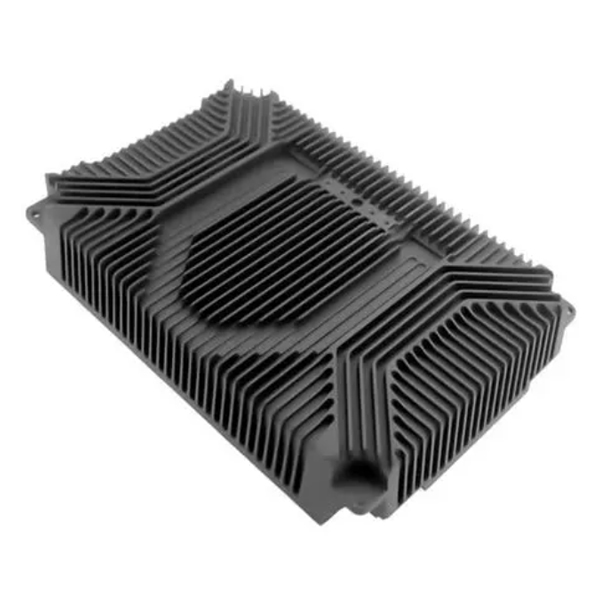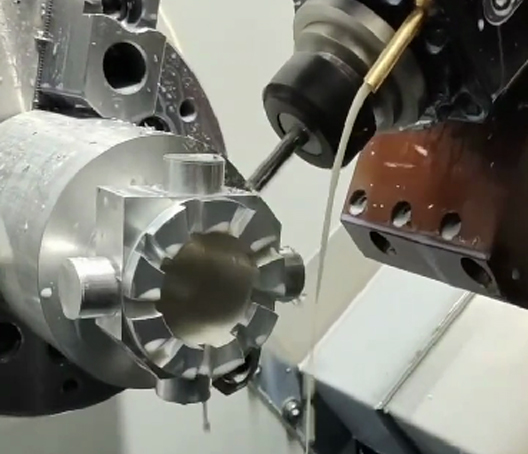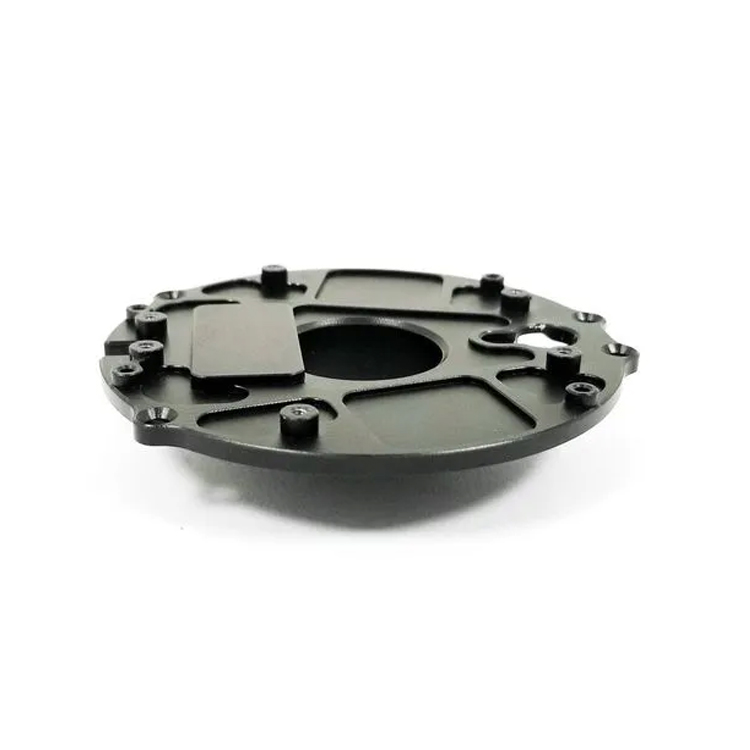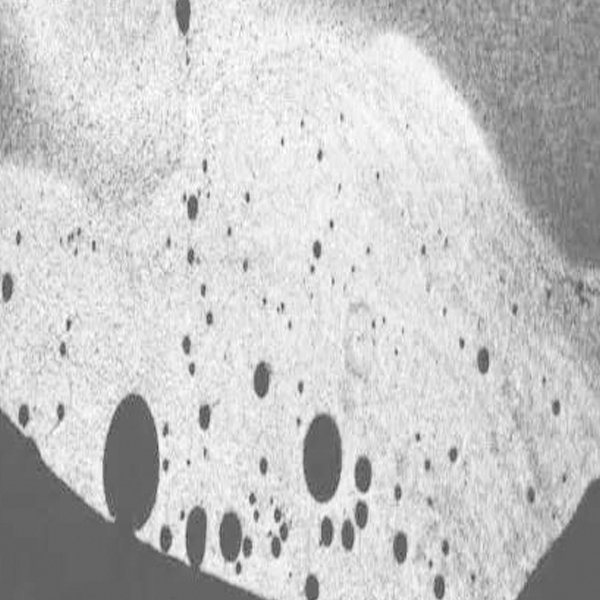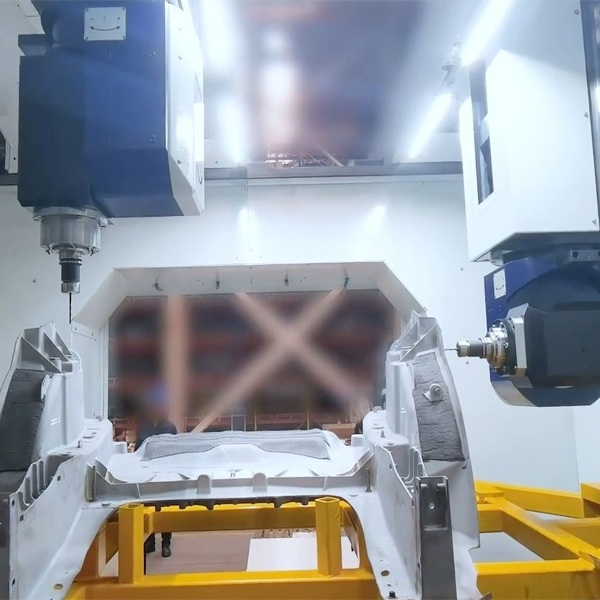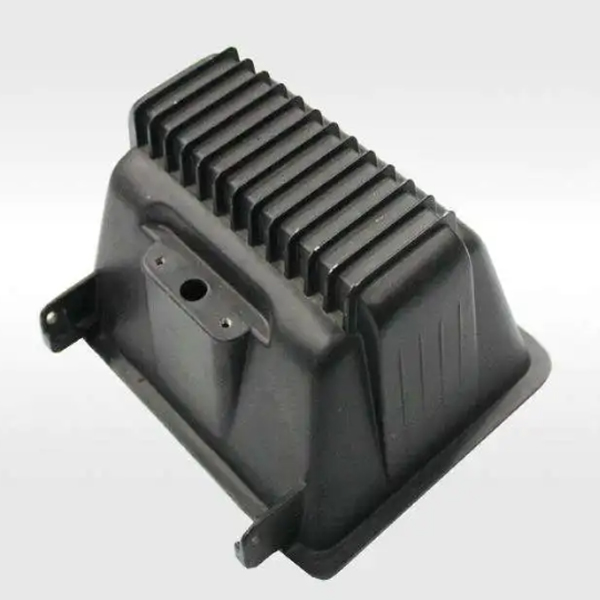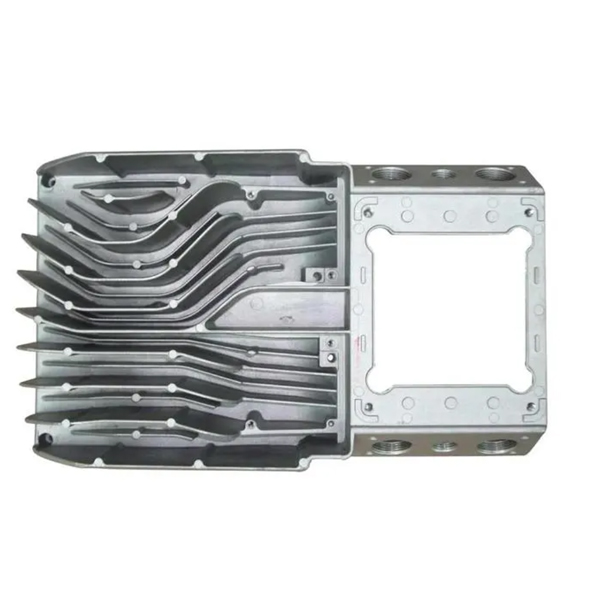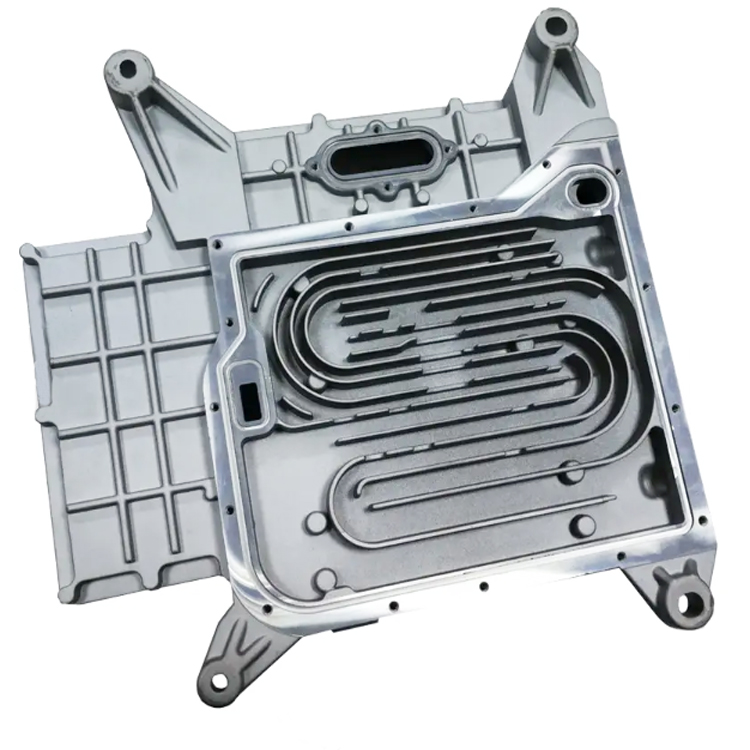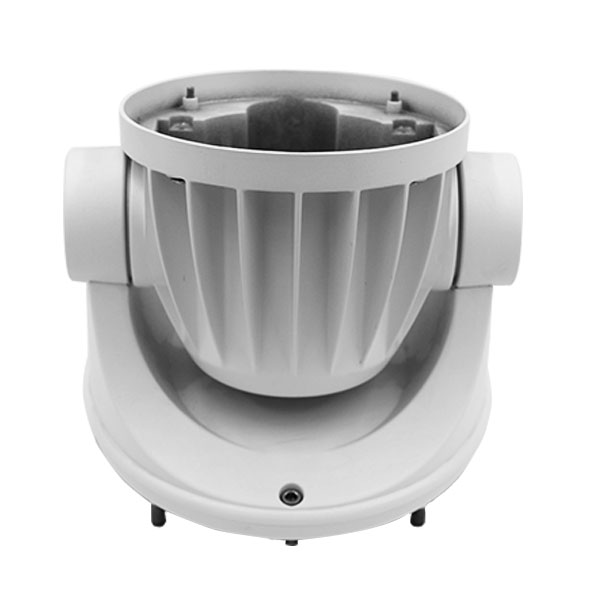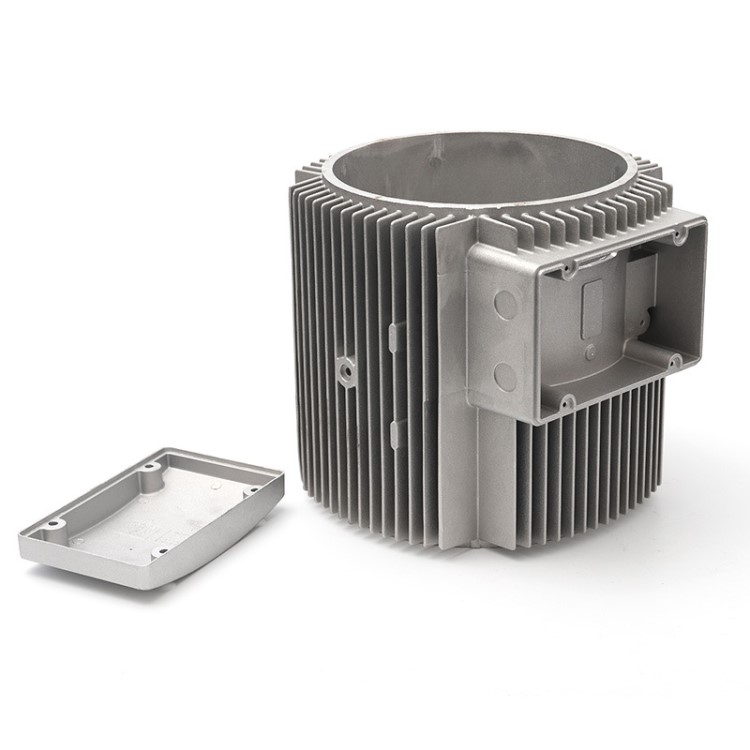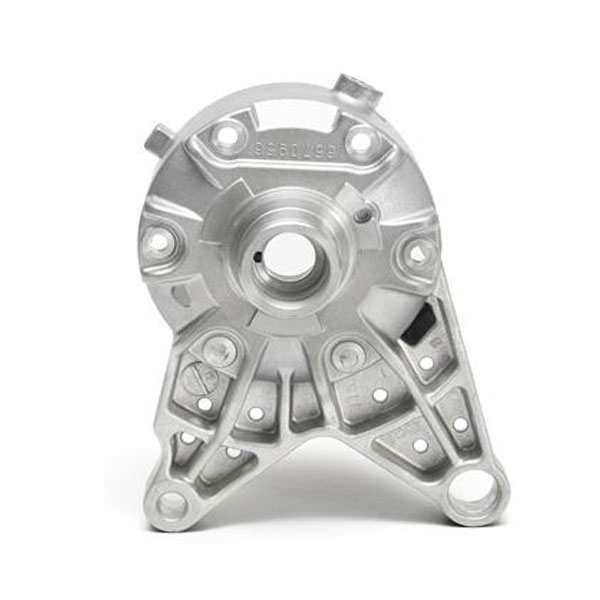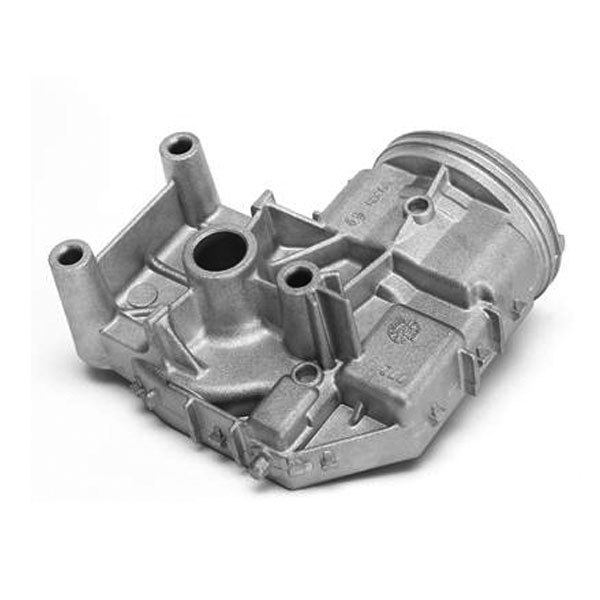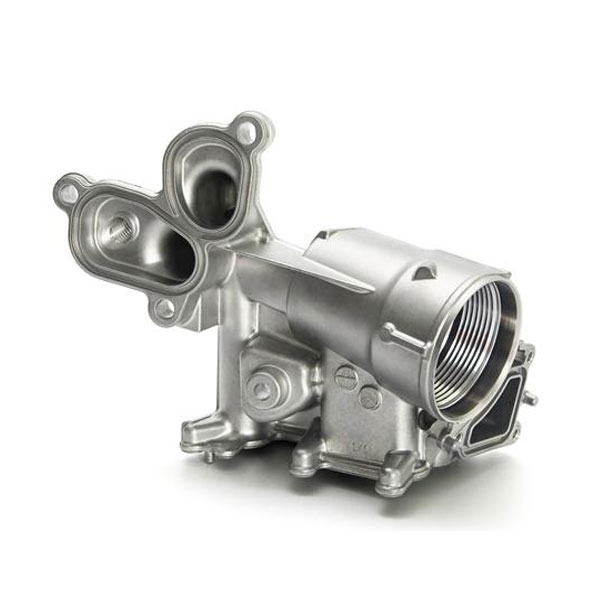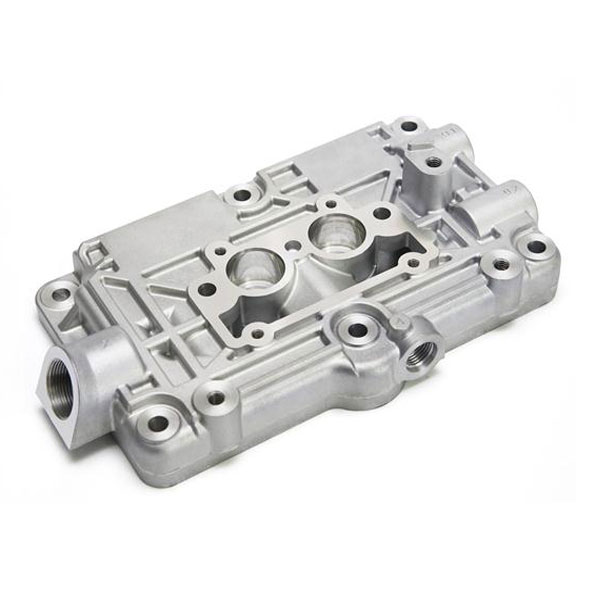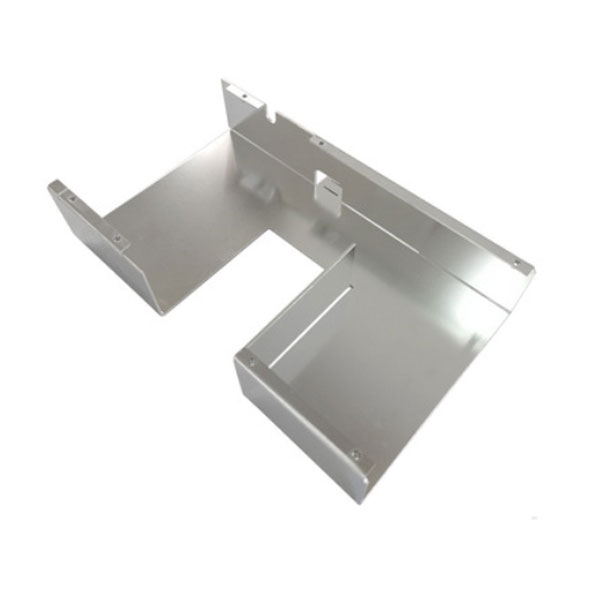- Material Selection:
- Choose high-quality, low-porosity alloys for die casting. Alloys with good fluidity and low gas solubility, such as aluminum alloys, are commonly used.
- Optimize Die Design:
- Work with experienced engineers to design the mold with proper venting and gating systems to allow gases to escape during the casting process.
- Ensure that the mold design includes appropriate fillets and radii to minimize stress concentrations.
- Control Melt Quality:
- Use clean and high-quality metal ingots or pellets to minimize impurities in the melt.
- Implement proper metal melting and holding practices to prevent the introduction of gases and contaminants.
- Temperature Control:
- Maintain consistent and proper temperatures throughout the die casting process.
- Control the metal temperature in the furnace to prevent overheating or underheating, which can contribute to porosity.
- Injection Speed and Pressure:
- Optimize the injection speed and pressure to fill the mold efficiently without causing turbulence that can trap gases.
- Slow injection speeds may reduce turbulence and help prevent gas entrapment.
- Degassing Agents:
- Use degassing agents or fluxes during the melting process to remove dissolved gases from the molten metal.
- Venting System:
- Ensure the mold design includes an effective venting system to allow gases to escape during the filling process.
- Regularly inspect and clean venting channels to prevent blockages.
- Die Coating:
- Apply suitable die coatings to enhance thermal conductivity and reduce heat loss during the casting process.
- Proper die coatings can also help minimize the formation of oxides, which can contribute to porosity.
- Optimize Cooling and Solidification:
- Implement controlled cooling and solidification processes to prevent the formation of shrinkage porosity.
- Use cooling channels in the mold to regulate the temperature and minimize thermal gradients.
- Quality Control:
- Implement stringent quality control measures, including non-destructive testing methods, to identify and reject parts with porosity.
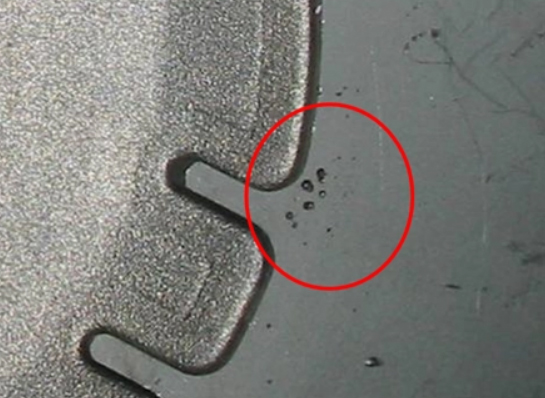
It’s crucial to note that achieving completely porosity-free die castings can be challenging, but the goal is to minimize and control porosity to acceptable levels for the intended application. Collaborating with experienced professionals, such as die casting engineers and metallurgists, can help optimize the process and address specific challenges associated with porosity.

